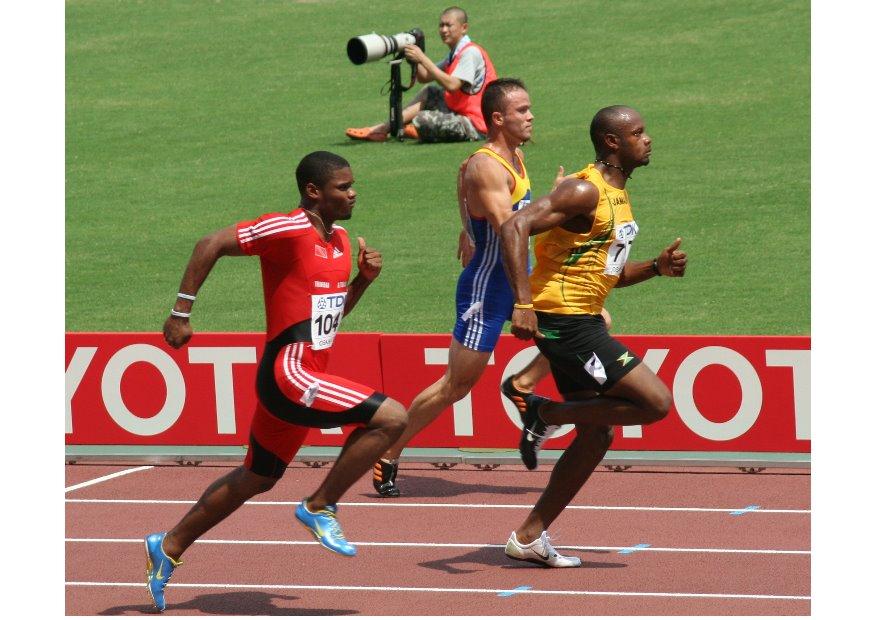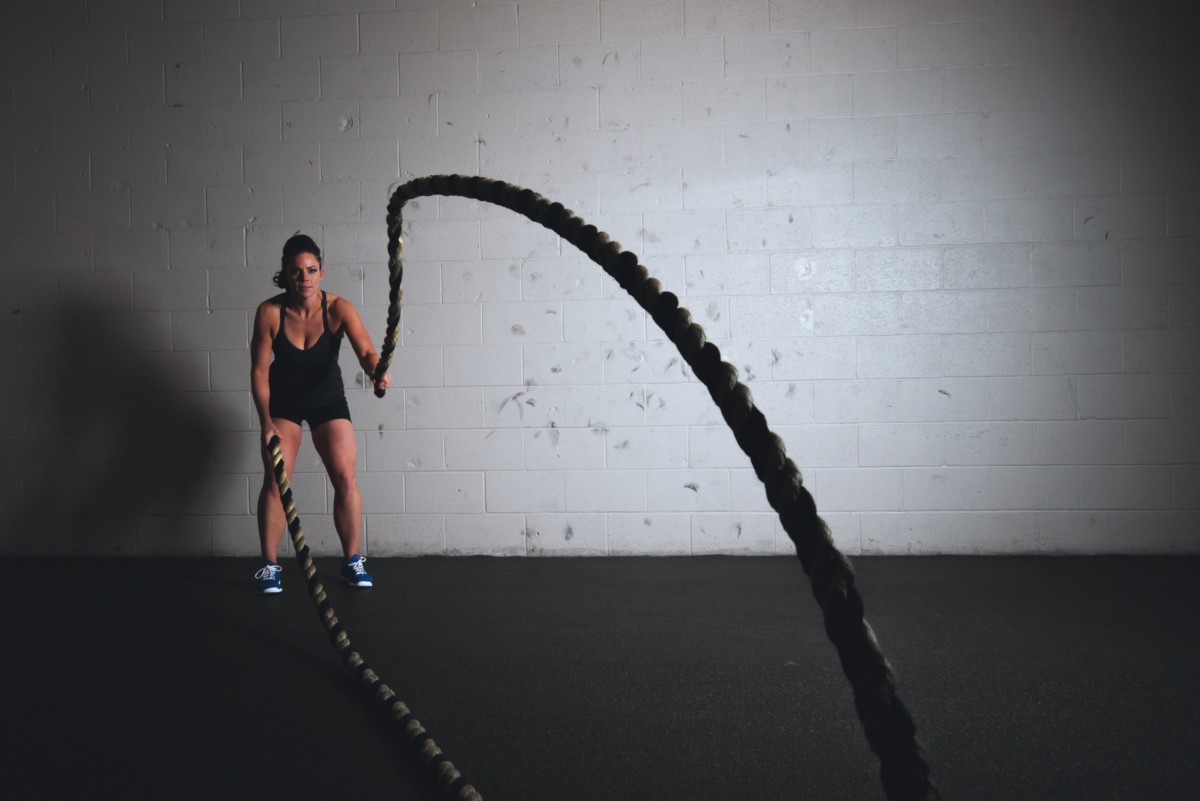Interval training has been used extensively for the training of endurance athletes. The rationale is that long slow distance training may develop aerobic capacity, but it teaches athletes to be slow and could contribute to overuse injuries. Interval training is effective at increasing an athlete’s speed (no matter what distance they run, being fast is important to every athlete – it’s just relative depending upon the event), increasing an athlete’s ability to function in the face of fatigue, and increasing an athlete’s maximal oxygen consumption.
In the May issue of Sports Medicine, Buchheit and Laursen take a look at interval training. This article is the first part of two that looks at interval training. In the first part, the authors look at different ways to program interval training by manipulating training variables. In part two they look at examples of training cycles for various sports.
The authors are defining high-intensity interval training as “short-to-long bouts of rather high-intensity exercise interspersed with recovery periods.”
The authors begin the article by examining several approaches to prescribing interval training for athletes:
• Track and field approach: This involves programming desired speeds and distances based upon the athlete’s time in their event (for example, 800 meter runners or 5K runners). The authors note that this approach is very successful, doesn’t use physiological testing, but is difficult to apply to non-track and field athletes.
• Team sport approach: This is mainly referring to small sided games. In theory the authors note that this is more sport-specific, but in practice the training stimulus can be inconsistent.
• Heart-rate based approach: Using heart rate zones to program exercise intensity, this is the old standby. The authors state that there are practical challenges with this approach (how to monitor heart rate and adjust on the fly during an intense sprint to get into the desired zone) and that heart rate may not be the best marker for sprint intensity.
• Ratings of perceived exertion (RPE) approach: Using the athlete’s perception of difficulty to regulate the intensity of the session. There are obvious challenges with this approach.
• Velocity associated with maximal oxygen uptake: Having athletes train at the speed at which maximal oxygen uptake is reached. Requires some precise testing or estimations. This approach also ignores something important: a maximal oxygen consumption test is a progressive test, so the value that an athlete attains is dependent upon the cumulative effect of the entire test – not just the last speed that they reach.
• Anaerobic speed reserve approach: This refers to the difference between maximum sprinting speed and velocity at maximal oxygen uptake. An important variable to take into account and base supramaximal high intensity interval training on.
• All out sprint approach: Sprinting all-out on short or longer sprints. Not as precise, but does not require extensive testing and measurements.
The next part of the article deals with physiological responses to interval training.:
• After reviewing a number of studies, the authors come out with the recommendation that performing intervals at 90-100% of maximal oxygen consumption (intensity essentially dictated by number of runs, one for higher intensity, multiple for lower) is necessary to improve the time spent running at maximal oxygen consumption.
• With regards to training intensity, it takes time to get to maximal oxygen consumption, (this time length is highly individualized). If this cannot be determined precisely, then longer intervals at higher intensities are going to be necessary.
• In terms of relief intervals, active recovery is frequently counterproductive to performance (for example, a light jog after the interval) and recommend passive recovery methods if the recovery interval is less than 2-3 minutes in length. While there is research documenting what elite athletes do in terms of volume, there is more research needed on this area.
• The authors cover the research about whether the longer intervals are better than the shorter ones. When it comes to training maximal oxygen consumption, the longer ones (or shorter ones with a work:rest greater than 1 to allow for greater intensities to be reached during the sprints) seem to be more effective. They also note that repeated sprints may not be effective for highly trained athletes.
Buchheit, M. and Laursen, P.B. (2013). High-intensity interval training, solutions to the programming puzzle. Sports Medicine, 43: 313-338.


